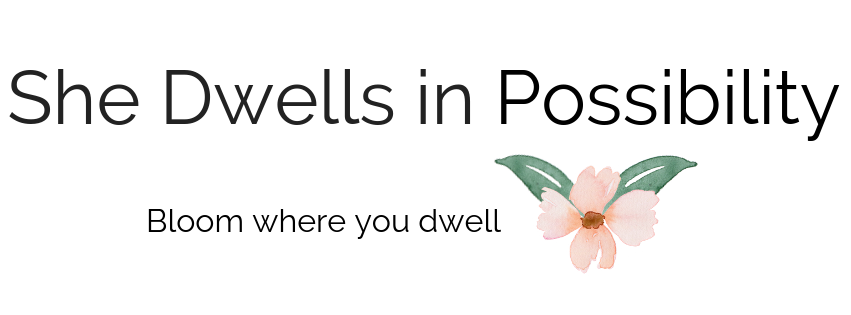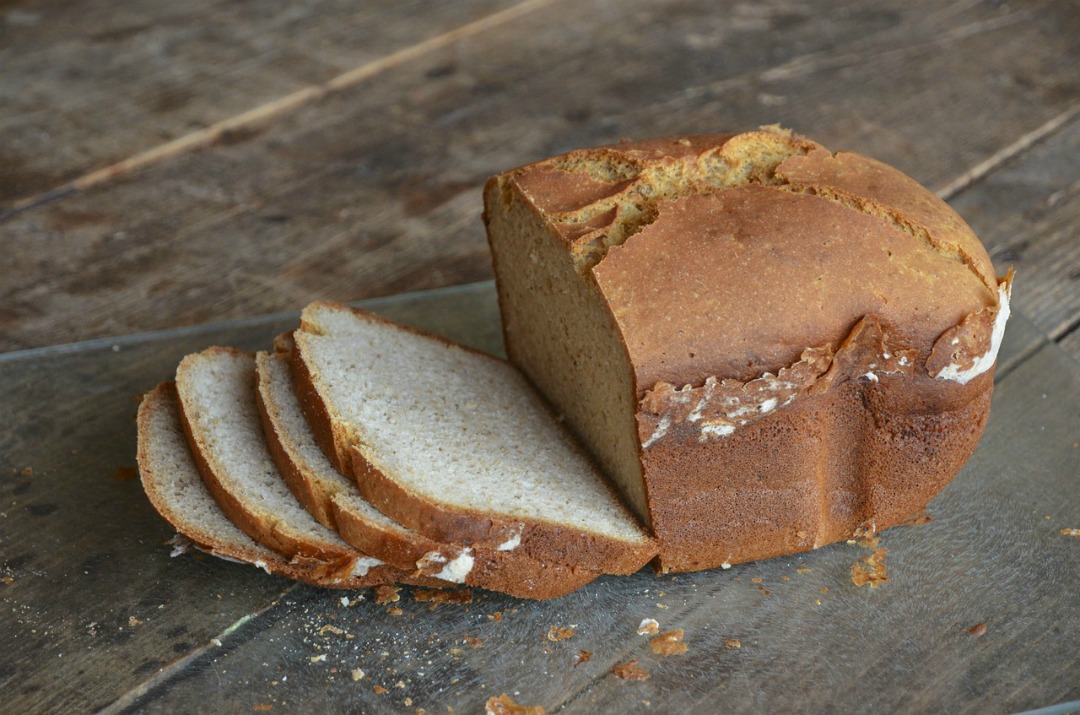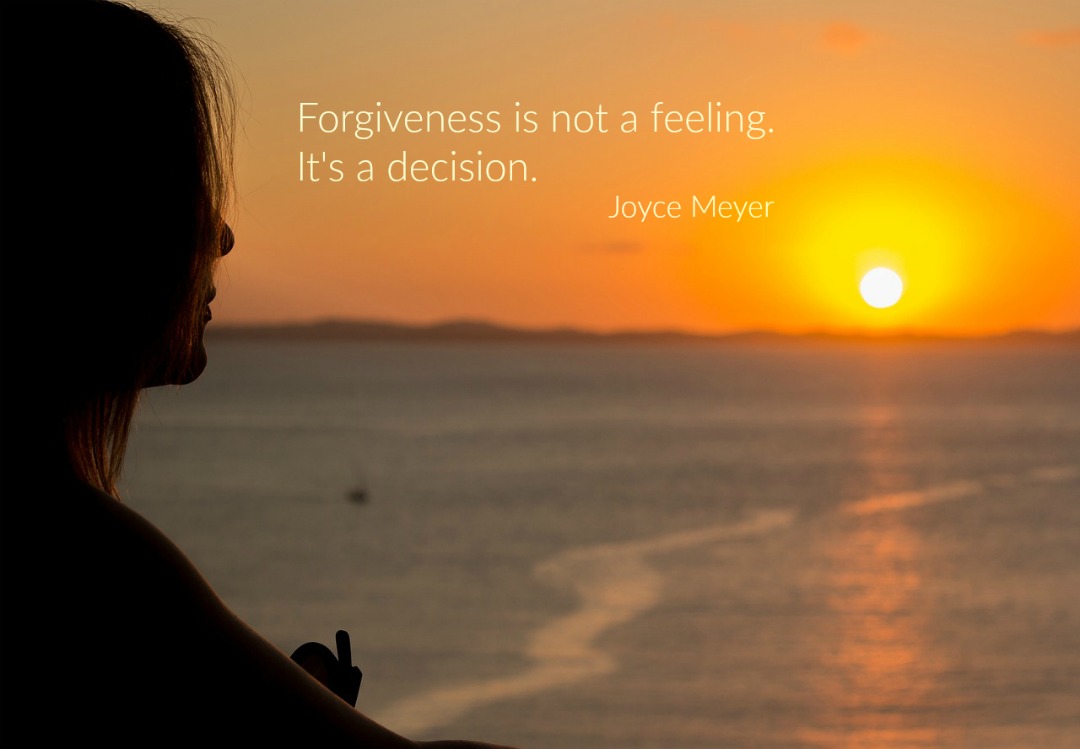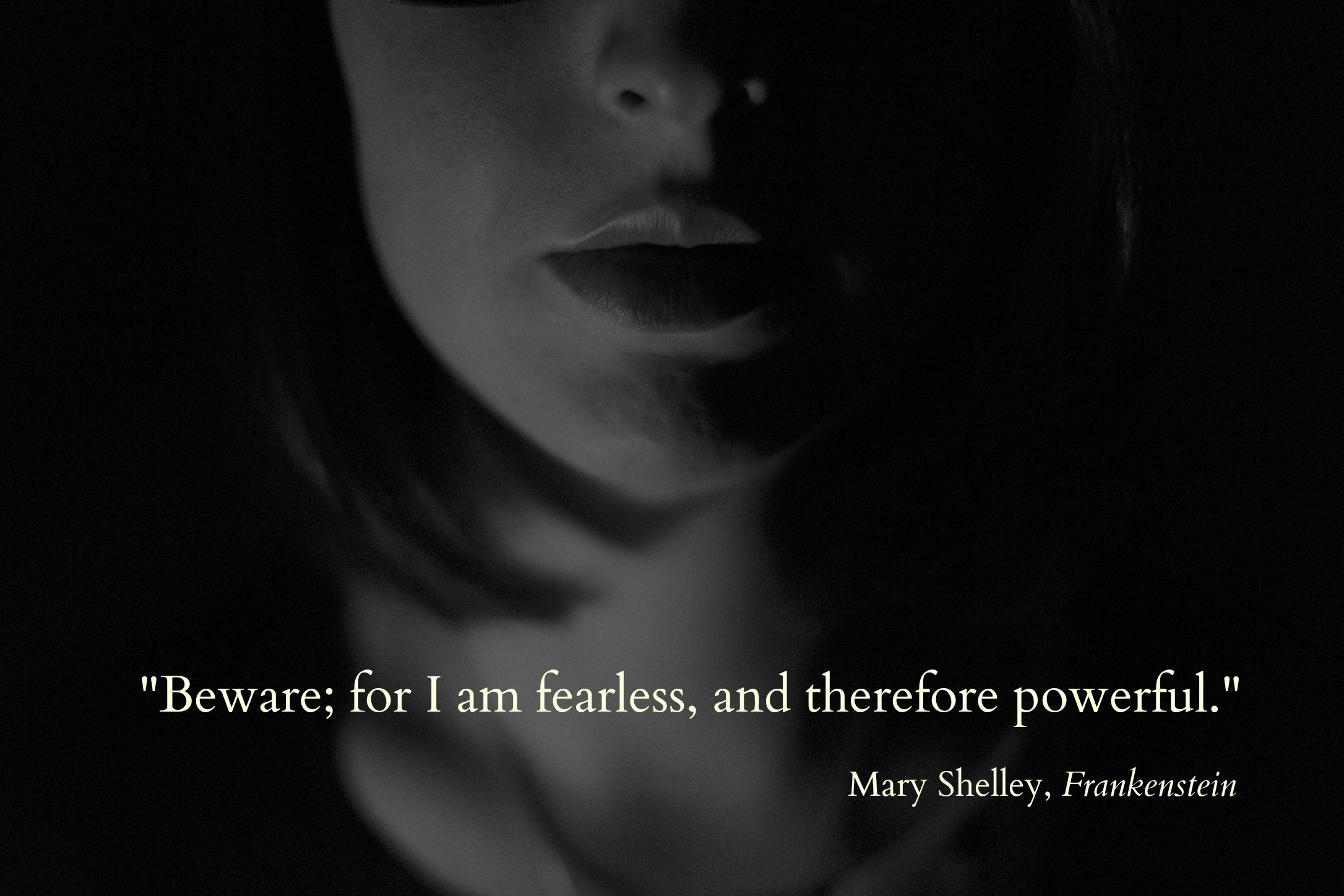A few years ago, a friend called me with some news. Her daughter had just been diagnosed with fibromyalgia. A doctor had recommended a gluten-free diet as part of her treatment plan.
“How do I even start?” she asked.
Not long after I moved to Texas, I was diagnosed with Hashimoto’s disease (also known as chronic lymphocytic thyroiditis.) It’s an autoimmune condition in which the immune system begins to attack the thyroid gland, which regulates many of your body’s functions. After a year on medication, when my low white blood cell count still hadn’t rebounded, my endocrinologist suggested trying a gluten-free diet. We discussed whether I should see a hematologist first. If I wanted to be absolutely sure this was necessary, I’d need more blood work. But I told my doctor I’d give it a shot and see how I felt.
The good news is, it worked: my white count has been in the normal range ever since I cut gluten out of my diet. The bad news is that going gluten-free isn’t easy. It’s not as simple as swapping a bag of wheat flour for a bag of rice flour. Based on my own experience, it involves a lot of trial and error (and more than a little wasted money.) That’s why I’ve put together this guide, to help others avoid some of the missteps I made along the way.
First and foremost, keep in mind that going gluten-free isn’t a weight loss strategy, and it only works if you’re really committed. If you have celiac disease, even small amounts of gluten can damage your intestines. For the rest of us, gluten can set off an immune system response that lasts for six months. If your doctor has suggested a dietary change as a means of treating migraine headaches or skin conditions, it’s worth a try. If you’re dealing with stomach problems that resist diagnosis, eliminating gluten can’t hurt and might help. But gluten isn’t “bad” for you unless you’re living in a body that can’t process it.
Let’s assume you’ve been advised to avoid it, though, or you have good reason to think gluten might be causing a problem. What next? Find a loaf of bread that you like. This took me months, because a lot of gluten-free bread has the texture of a dry kitchen sponge. The first time I ate a slice of Udi’s sandwich bread, I stood in my kitchen and wept. Just knowing that I could default to a sandwich on those days when I was starving and couldn’t figure out what else to eat–and there were many of those days, at first–was a huge relief.
I’ve since discovered Canyon Bakehouse breads, which I prefer to Udi’s. Gluten-free bread is often in the freezer case at your grocery store, although Udi’s bread is now available in the bakery section of my local Costco and Canyon Bakehouse bread is available in the produce section of my local Target.
Once you have a good loaf of bread in hand, ask yourself what you’re going to miss the most. Is it pasta? Cookies? Crackers? Make the effort to find a gluten-free version you enjoy. Keeping your favorites in your life will go a long way toward making a gluten-free future easier to envision. For instance, I discovered these bagel chips from Glutino that work really well with hummus–one of my favorite things to have for lunch. Ronzoni gluten-free pastas made it possible to keep spaghetti night on the family menu. On the other hand, while I didn’t mind giving up Oreos, I was grateful to find the gluten-free cookies made by Tate’s Bake Shop. (I’m a particular fan of the Ginger Zingers.) Whatever is most important to you, take the time to find a gluten-free version that helps you not feel bad about what you’re missing.
Another way to help yourself stay on the gluten-free wagon is to re-create favorite family recipes in gluten-free versions. This is sometimes a process of trial and error, because gluten-free baking can be complicated. You’ll need to use a blend of gluten-free flours when you’re baking, for one thing, since they all have different weights and properties. Use a prepared blend–I like Namaste Foods Perfect Flour Blend, available at my local Costco–or mix up a flour blend at home.
Often you’ll need to add extra liquid to a gluten-free adaptation. There’s no rule for this–just play it by ear and start small (one extra egg, an extra tablespoon of milk, etc.) But keep in mind that gluten-free batters and doughs won’t look like their wheat-based counterparts. Bread dough will look more like cake batter, for instance; cake batter will seem too runny. The only way to figure out what works is through trial and error. Be patient with yourself and commit to learning. There’s time enough for perfecting those recipes down the line.
The easiest way to start your gluten-free life is to focus on what you can have. After the 85th time you’ve fielded the “Good lord, what do you eat?” question, it’s pretty easy to start feeling sorry for yourself. I threw a number of solo pity parties that featured large quantities of ice cream, justifying that as one thing I actually could eat. But the truth is, barring other food sensitivities, there are still lots of things you can have: meat, fish, eggs, dairy products, fruits and vegetables, rice, beans, lentils, nuts . . . the list goes on. When you learn to focus on these things when you’re planning meals, it’s actually possible to eat exactly what you want.
Going gluten-free involves a complete shift in the way you think about food. I won’t pretend it’s easy to make that shift initially. But if gluten is the problem, you’ll notice a difference right away. And that, after all, is the reason you’re doing this: to take the best possible care of the only body you get.





1 Comment
I have a friend who had to make the gluten free transition for medical reason. I’m glad you added the part about it not being a “weight loss” strategy. Thanks for the read.